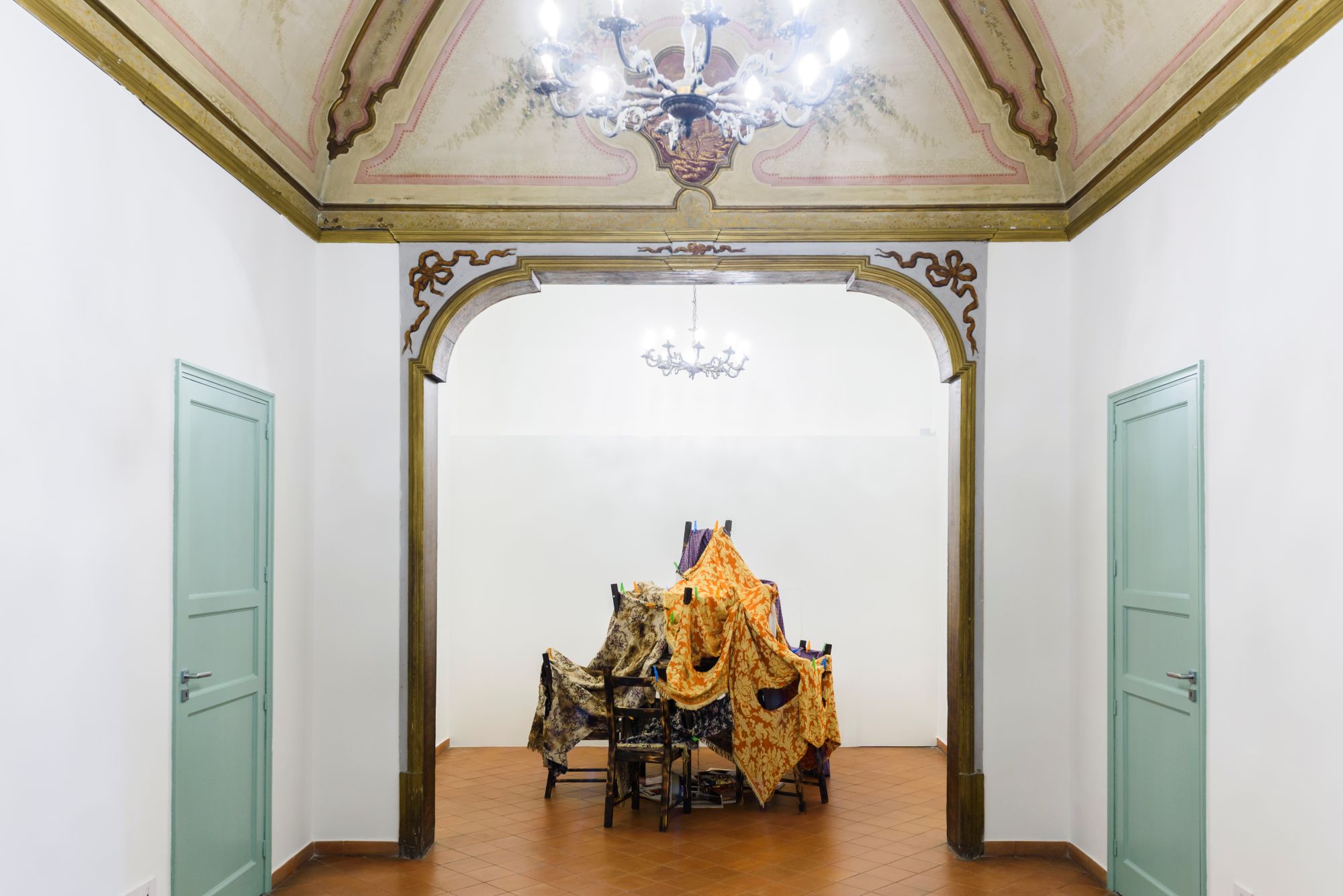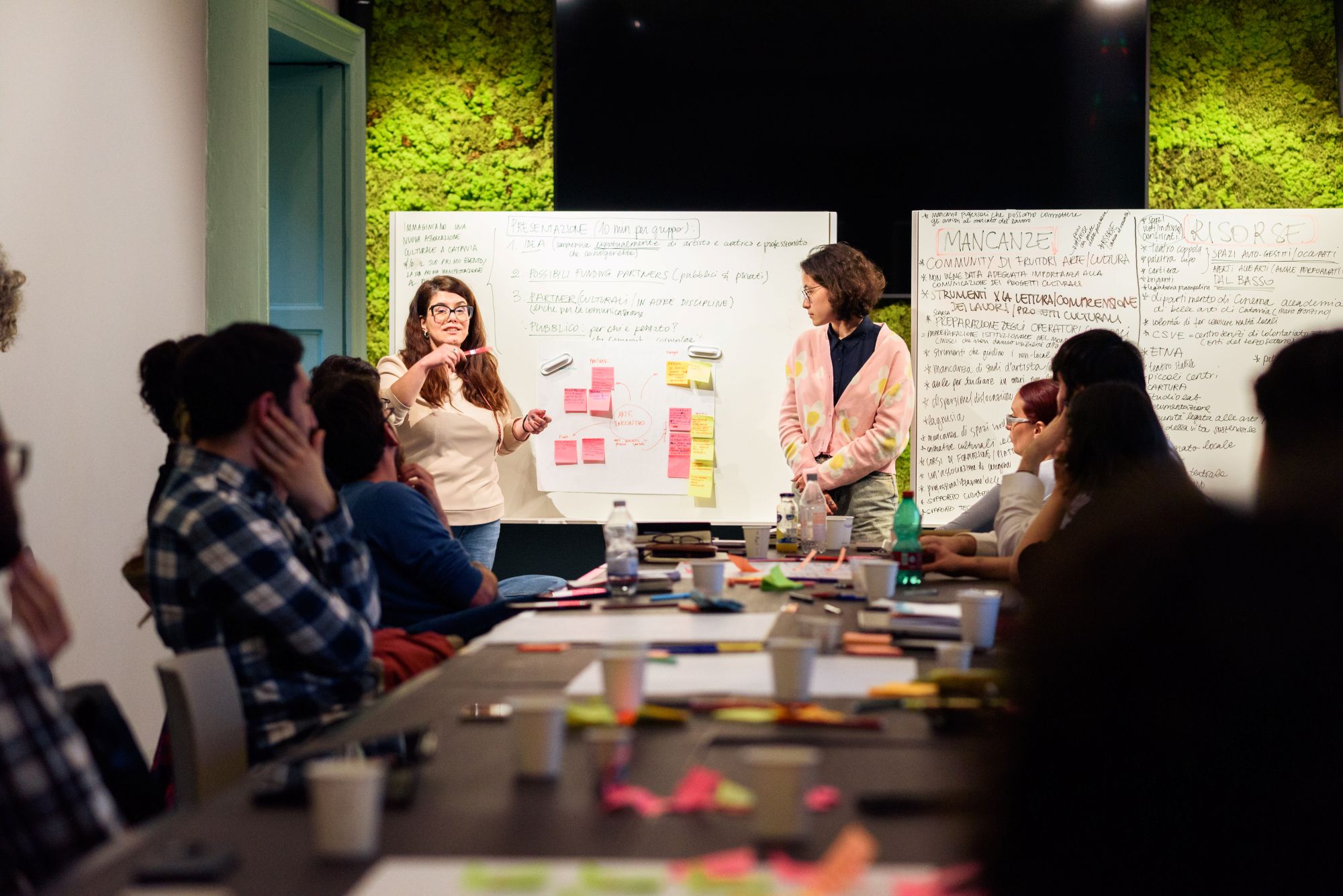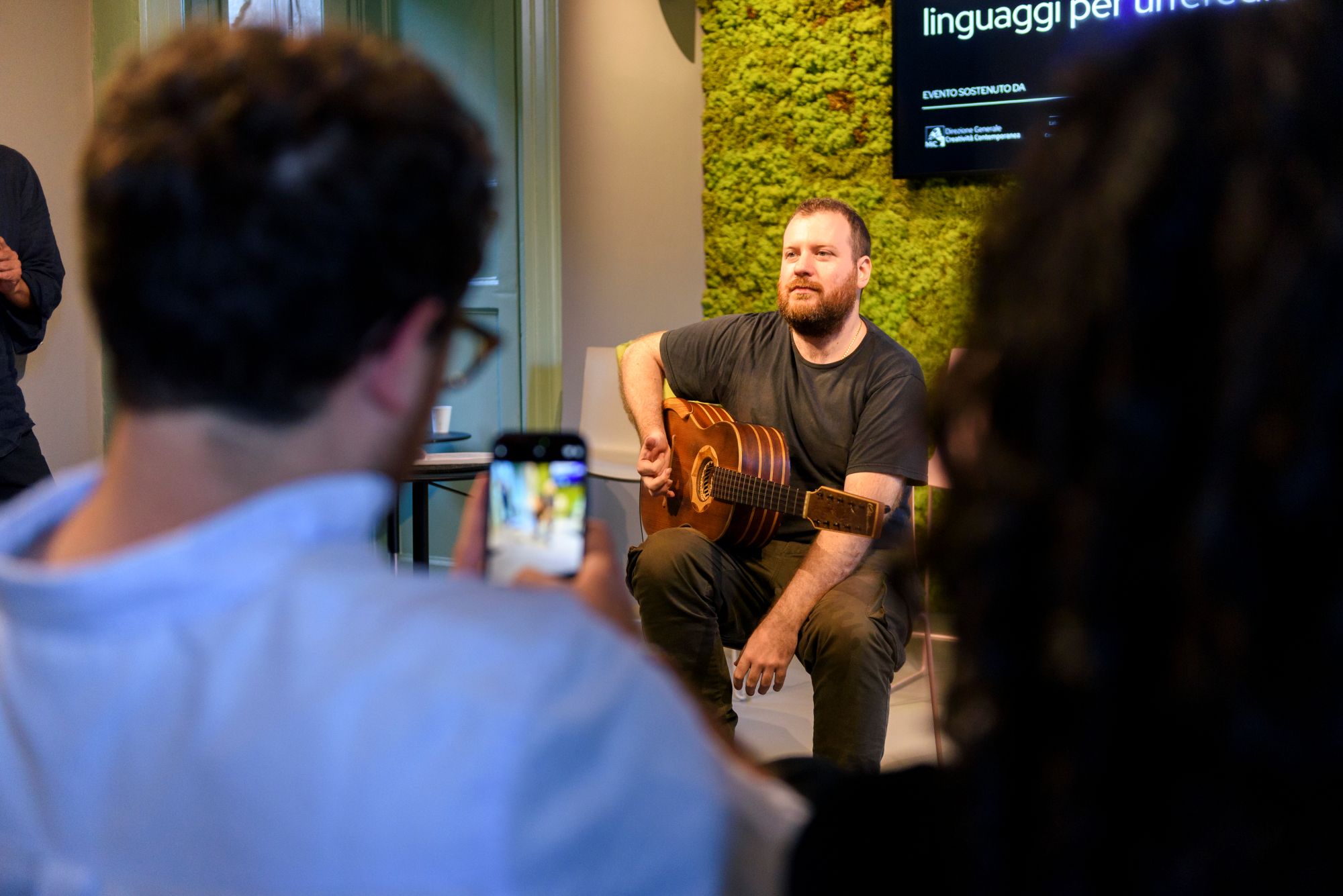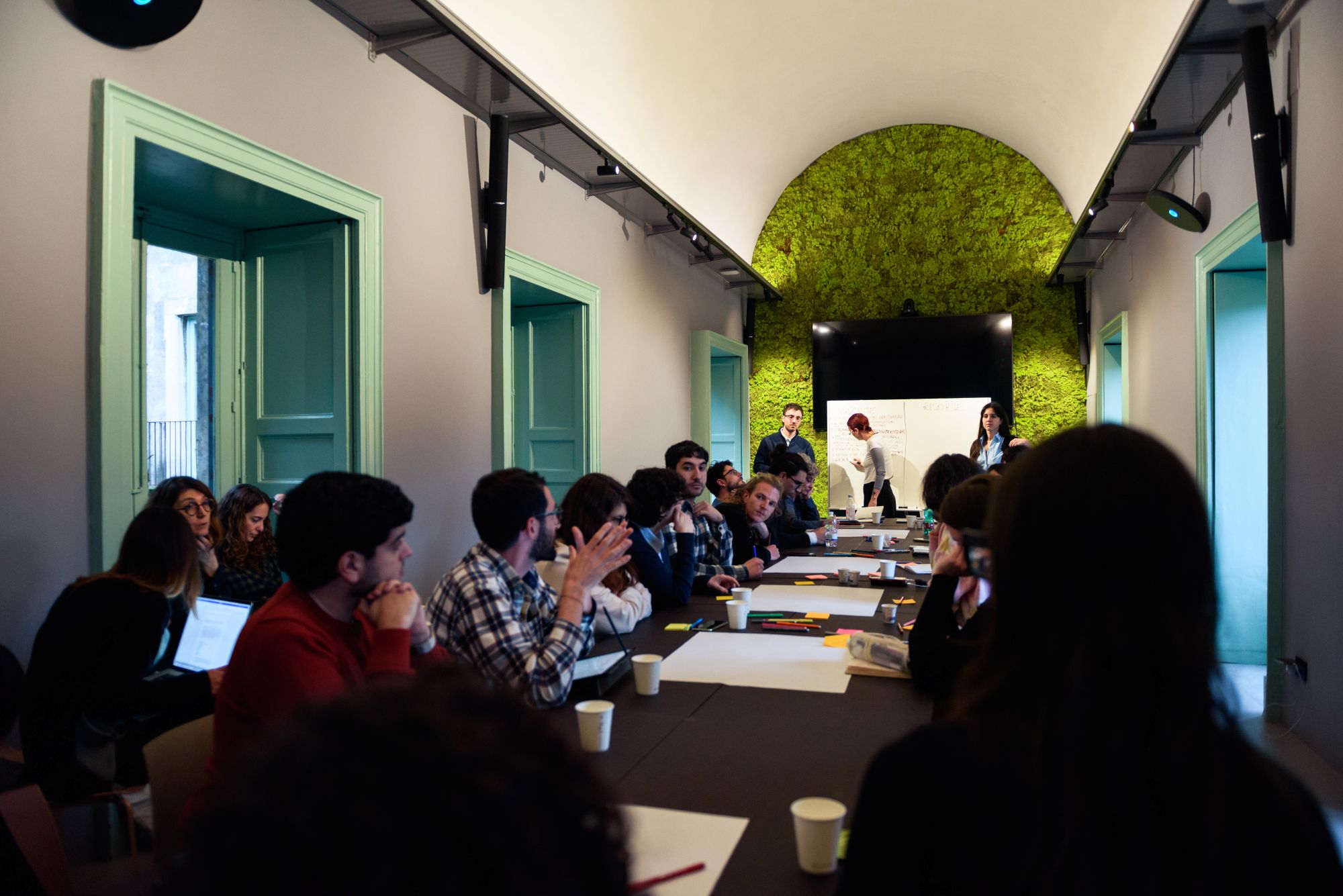Pilot projects to support emerging creativity and empower young professionals
Across Europe, there is growing discussion about the potential of the Cultural and Creative Industries (CCI) as drivers of territorial development, social inclusion, and innovation. Yet in practice, tools, shared spaces, and support systems are often lacking—especially for those at the beginning of their professional journey. So how do we build a cultural ecosystem that listens, values, and supports emerging talent? The project “Coalizioni Isola. Laboratories of Culture, Creativity and Art” offers a possible model.
Promoted by Isola Catania Impresa Sociale and funded by the Directorate-General for Contemporary Creativity of the Italian Ministry of Culture through the Laboratori di Creatività Contemporanea program, the project aims to strengthen the local cultural scene, enhance skills and organizational structures in the CCI sector, and create a favorable environment for the development of young creatives. All of this takes place in Palazzo Biscari, an iconic Baroque building in the heart of Catania, where Isola has established itself by breathing new life into a historic space.
“Coalizioni Isola” unfolds along two main axes: on one hand, research, study, and analysis of the local cultural sector in collaboration with the University of Catania; on the other, engagement and action, through a program of workshops, talks, exhibitions, and participatory events aimed at students, artists, professionals, and stakeholders from the territory.
Each activity day, curated by one of the project partners – ABADIR, Associazione Musicale Etnea, Officine Culturali, and viaraffineria – is structured around three moments: a morning and afternoon workshop for a selected group of young participants, a public evening talk, and a solo exhibition. The partners were selected not only for their local grounding but also for their specialized expertise in four distinct CCI areas: visual arts, music, cultural heritage, and design and communication. This format enables an ongoing dialogue between production, reflection, and cultural experience, connecting creators, researchers, and audiences.
The program is just getting started. The first two sessions, curated by viaraffineria (March 18) and Associazione Musicale Etnea (June 20), addressed key themes such as the role of independent cultural spaces, the sustainability of creative work, writing as a tool for self-narration for emerging musicians, and the relationship between music and cultural heritage.
The workshops and public exchanges are supported by an ongoing research effort conducted by a professor and a researcher from the Department of Humanities at the University of Catania, who have already launched an initial survey and begun mapping the local CCIs. Preliminary findings highlight recurring structural issues: widespread precarity, irregular pay, lack of protections, communication barriers, limited access to shared spaces, and bureaucratic complexity often seen as a hindrance rather than a resource.
At the same time, the research points to strategic directions for future action: strengthening cultural demand, promoting co-design practices with communities, supporting youth creativity, and building local collaborative networks.
The exhibition program has also proved valuable for both the project and the research process. The first two solo shows have already taken place: Abbrivio by Alessandro Costanzo, a visual investigation into the relationship between humans, technology, and suspension; and Inner Design by Margherita Pedrotta, which explores themes of play, inhabiting space, and transformation through design and installation. The four artists selected for the biennium were chosen by the curators based on criteria including age, geographic background, level of experience, and artistic research approach. Their work serves as a reference point to better understand the current state of the local art ecosystem. Each artist receives funding to produce new work: first for a solo show, and later for a final group exhibition.
“Coalizioni Isola” stands as a virtuous, practical, and replicable example that centers listening, intersectoral collaboration, and the construction of shared visions to strengthen the role of culture as a territorial and collective resource.
Pilot projects like this one are essential: they make it possible to test approaches, identify real needs, and build tailor-made responses. “Coalizioni Isola” is grounded in this mission: to listen to the territory, surface the needs of cultural professionals, and experiment with intervention models that can evolve over time. It’s not a final destination, but a dynamic process rooted in people, aiming to generate change through shared knowledge, collaboration, and creativity.
A particularly significant dimension is the opportunity that targeted public funding, like that provided by the Ministry of Culture, offers cultural organizations—not only to support artistic production, but to invest in research, training, and long-term strategic vision. Programs like Laboratori di Creatività Contemporanea show how essential it is to pair cultural practice with critical reflection and experimentation, producing knowledge that benefits the wider system.
Another key insight that emerged is the transformative power of place. Isola Catania is located within part of Palazzo Biscari, a space of great historical and artistic value that has been renovated and repurposed to host laboratories, offices, and exhibitions. The presence of contemporary artworks has revealed how art, in dialogue with architecture, can bring out otherwise invisible details—encouraging new ways of seeing and experiencing space. It’s a valuable side effect that shows how the dialogue between past and present can generate unexpected meanings and renew the symbolic and cultural value of the places we inhabit.






